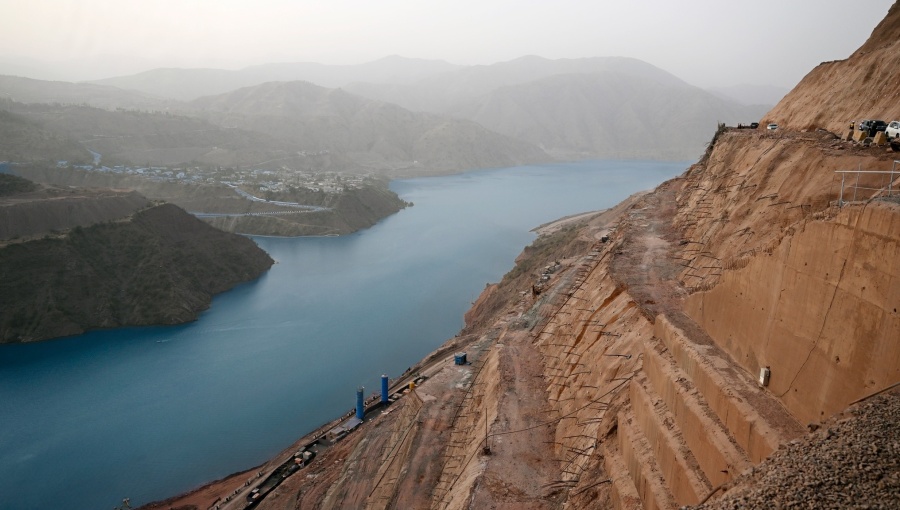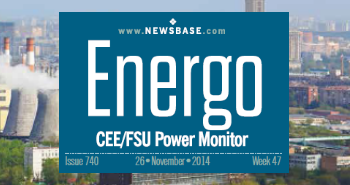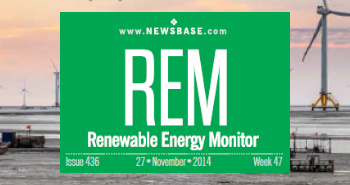World Bank seems to be having second thoughts about Tajikistan’s Rogun Dam

The World Bank appears to be pulling back from involvement in the construction of the Rogun Dam in Tajikistan. According to regional media reports, the bank has paused project funding until Tajik authorities develop a plan to responsibly repay construction-related debts and prove the dam can be commercially viable as a power-generating entity.
The bank’s board of directors approved a $350mn development grant in late 2024 for Rogun, which, if completed to full specifications, would boast the world’s tallest dam at 335-metres.
The decision faced substantial blowback from experts who contend that the project is a “white elephant” in the making, as well as environmental activists who argue the dam’s completion could have a dire impact on downstream communities.
On August 25, the Russian newspaper Nezavisimaya Gazeta reported that WB officials had decided to freeze Rogun funding, adding that money would not start flowing again “until Dushanbe meets a number of conditions.”
The newspaper suggested that the international financial institution’s (IFI’s) action was “a direct response to complaints from the environmental community and concerns from people living in the lower reaches of the Amu Darya River, who point to serious environmental risks.”
A report published in December by the regional environmental group Rivers Without Boundaries contained data asserting that the fully developed Rogun Dam would upset the region’s delicate environmental balance, wreak havoc on already stressed water supplies and, ultimately, be economically uncompetitive. The group also contended that IFIs relied on an outdated Environmental and Social Impact Assessment when considering funding for the project.
Tajik officials claim Rogun, which carries an estimated price tag now exceeding $9bn, would provide the Central Asian nation with a greater degree of energy independence, meeting not only domestic electricity needs but also generating revenue via power exports. The dam project dates back to the Soviet era, but went through a long dormant phase until it was revived in 2016. Two of six projected turbines are in place at Rogun, on which an estimated $3bn has already been spent.
In April, the World Bank’s Inspection Panel, an independent investigative entity, raised concerns about the bank’s involvement in the project, determining that full-scale electricity generation at Rogun could reduce the water flow of the already stressed Amu Darya by 25% or more, imperilling the livelihoods of as many as 10mn downstream inhabitants in Uzbekistan and Turkmenistan.
Earlier in August, the Standard & Poor’s rating agency published a research update that characterised Rogun as a “a costly project crowding out other domestic capital expenditure of the government.”
Standard & Poor’s analysts estimated that completing the dam to its full specifications would cost roughly an additional $6.4bn. “The government negotiated financing packages with a consortium of multilateral and bilateral partners to finance about 50 percent of the estimated $6.4 billion (40 percent of projected 2025 Tajik GDP) required to complete the project by 2035,” the agency’s research update notes.
“However, there have been delays in unlocking this funding, particularly from the World Bank, pending completion of remaining effectiveness conditions,” it adds.
Before the Rogun project can get back on track, World Bank officials want the Tajik government to address several areas of concern, according to the Nezavisimaya Gazeta report.
“It is necessary to develop and approve a macroeconomically sound financing plan that will exclude an excessive increase in public debt,” the report states. Bank officials also reportedly want to see a “reliable” financial plan “forming a sustainable commercial model” that includes firm commitments by neighbouring states to purchase Rogun-produced electricity.
This article first appeared on Eurasianet here.



Follow us online